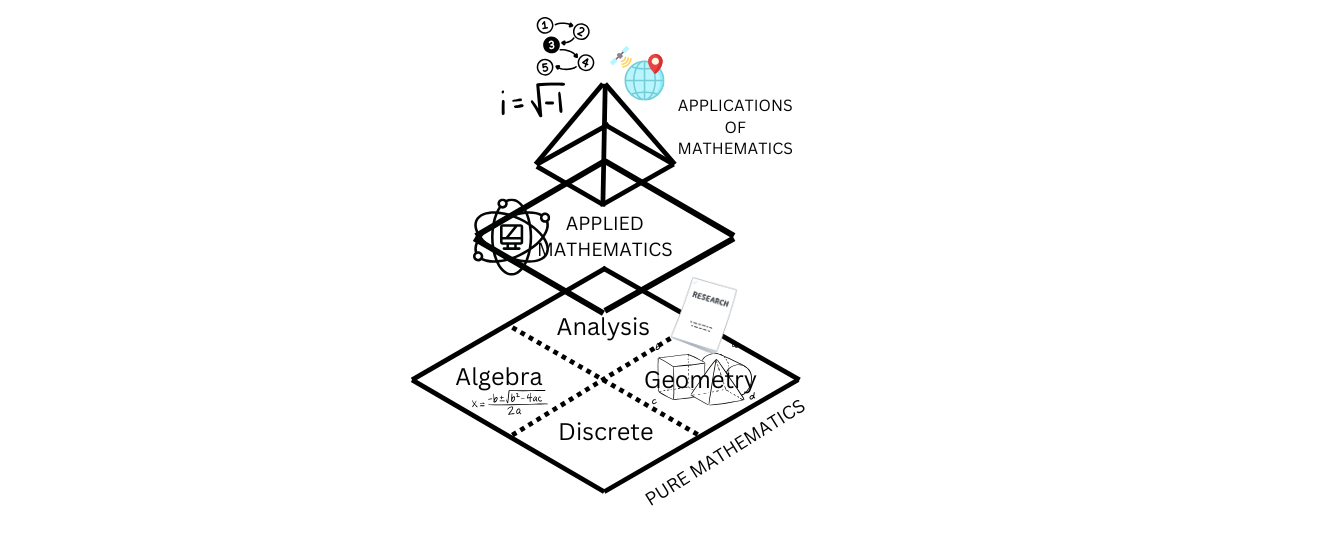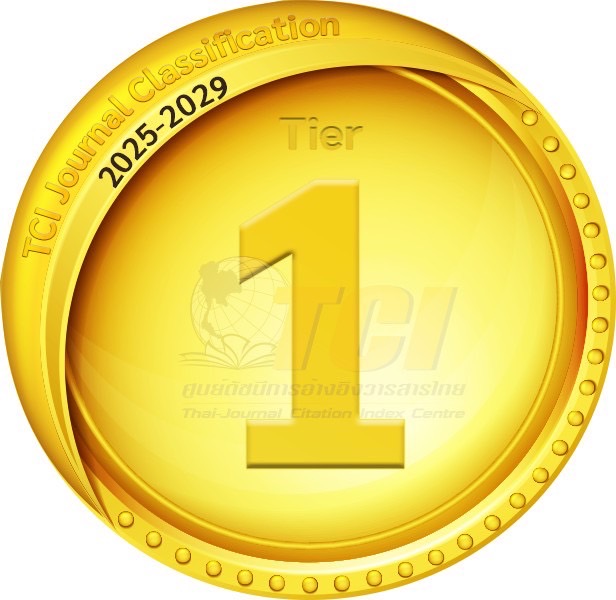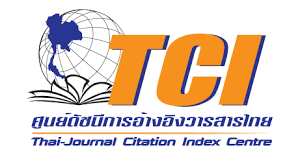The Nature and Significance of Mathematics from Contemporary Viewpoints
Keywords:
Pure mathematics, Applied mathematics, Applications of mathematics, Mathematical researchAbstract
This paper explores the nature and significance of mathematics, presenting it as a systematic and logical study of patterns in nature. Mathematics can be conceptualized as a pyramid consisting of three layers. The first layer is pure mathematics, which focuses on the study of abstract objects and concepts. The second layer is applied mathematics, dedicated to the development and application of mathematical methods to address specific problems. The final layer involves the applications of mathematics, where established results from pure or applied mathematics are utilized to solve concrete, real-world problems. A deep appreciation of the importance and beauty of abstract patterns requires engaging in research within pure or applied mathematics. To undertake such research, the fundamentals of pure mathematics are essential. Advances in mathematical research often lead to the development of new theories or innovative techniques for problem-solving.Downloads
Download data is not yet available.

Downloads
Published
2025-03-24
How to Cite
Boonnam, N. ., Hama, R. ., Chansangiam, P., & Sabau, S. (2025). The Nature and Significance of Mathematics from Contemporary Viewpoints. Science Essence Journal, 41(1), 79–92. Retrieved from https://ejournals.swu.ac.th/index.php/sej/article/view/16585
Issue
Section
Review Article







